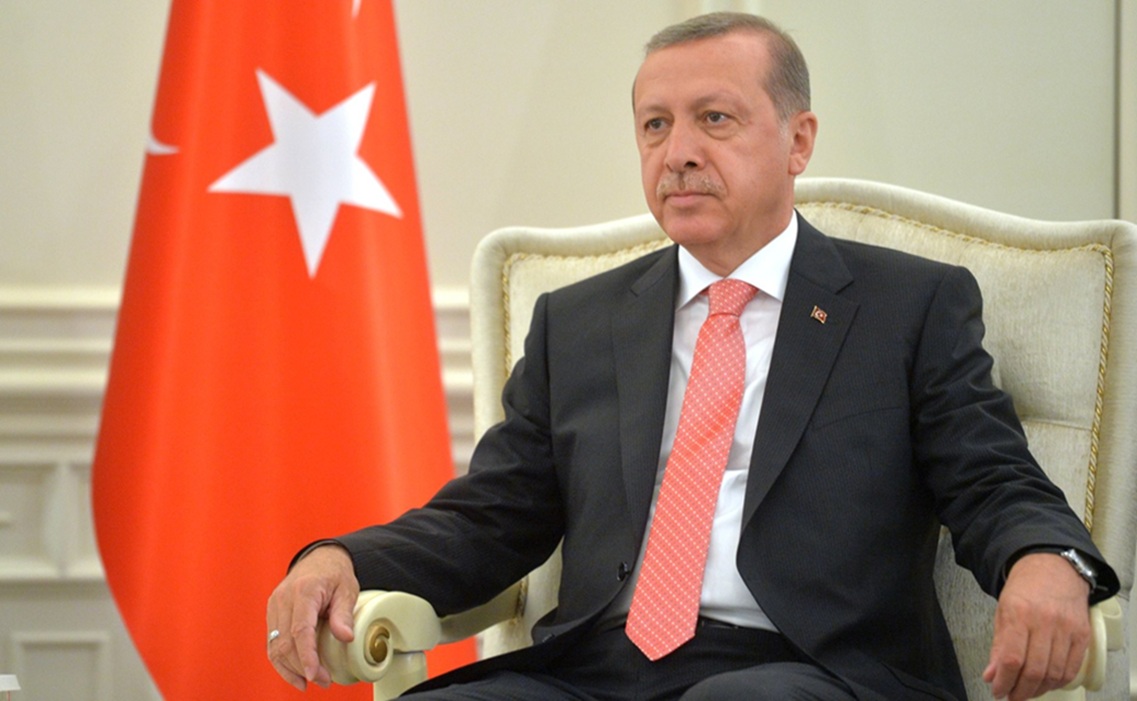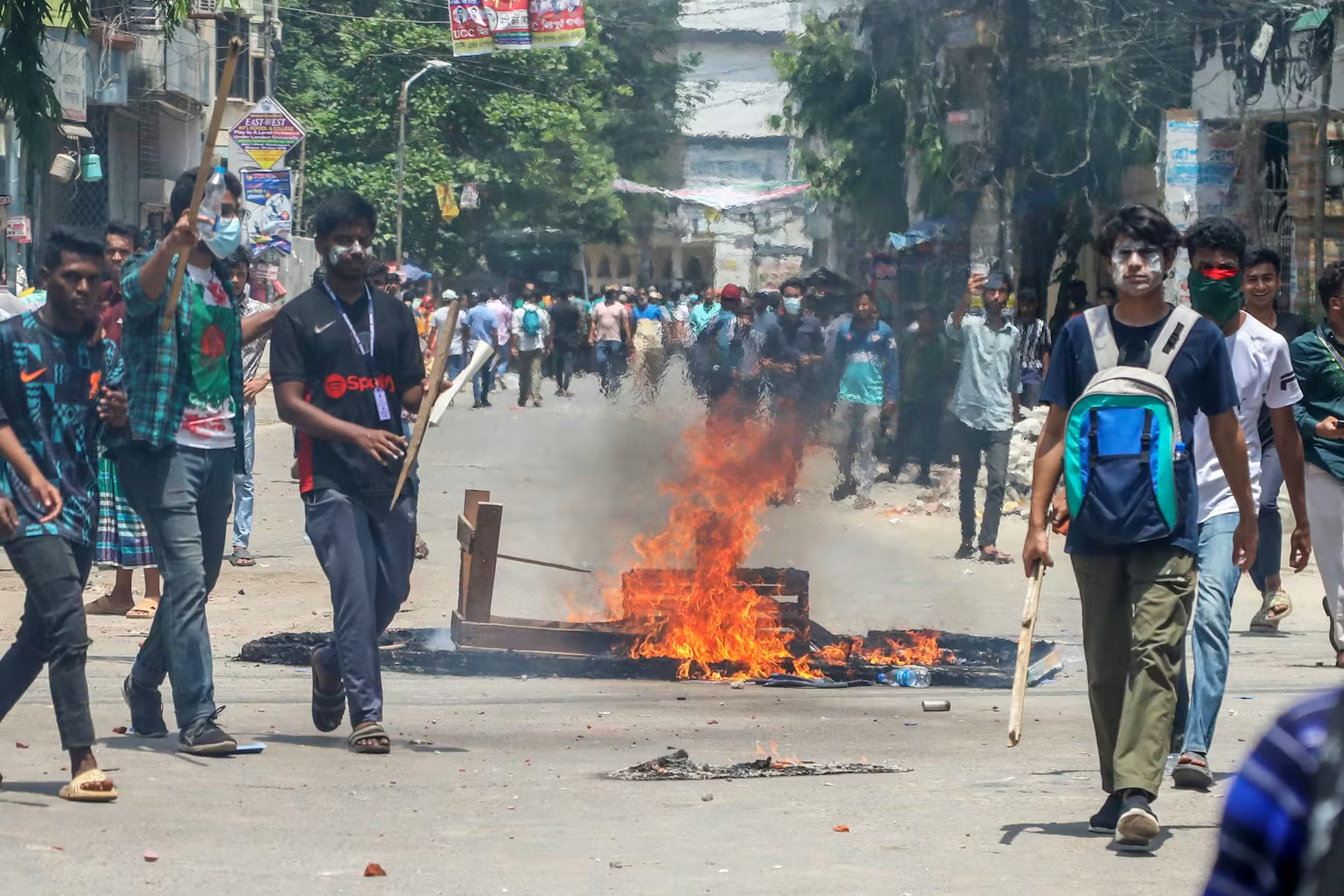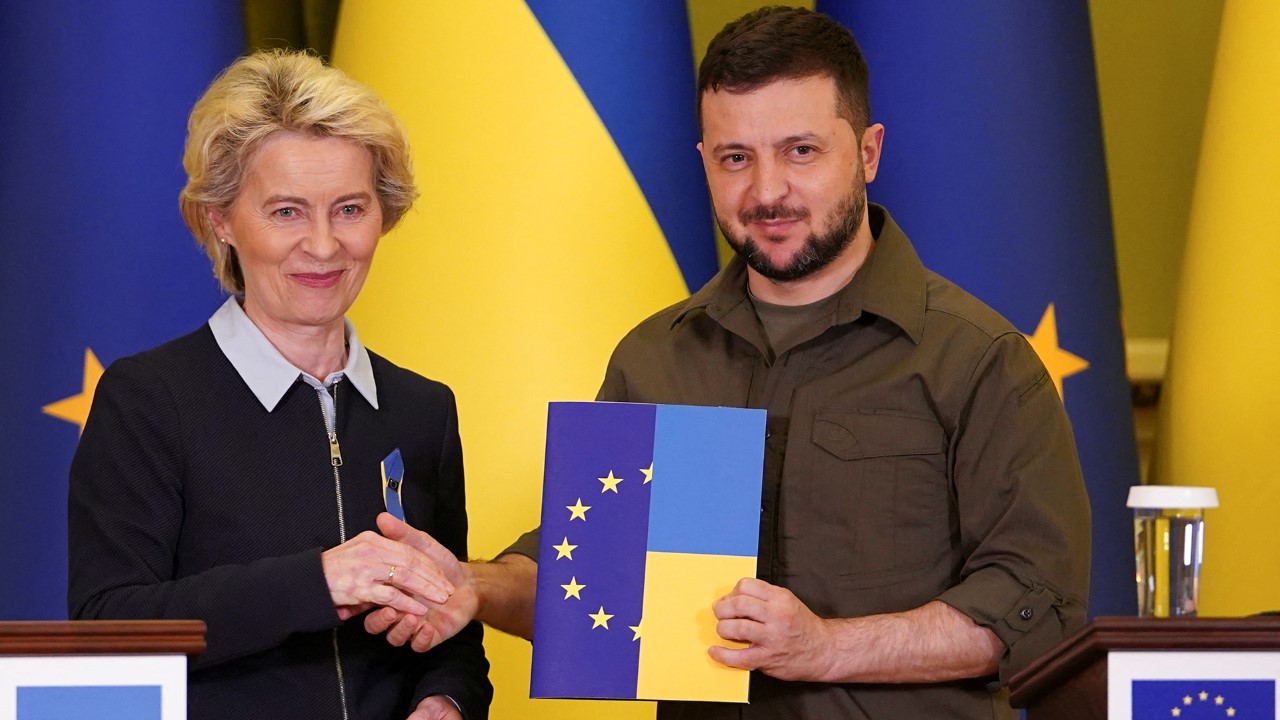The Israel Hamas ceasefire agreement in the Gaza war happened after 15 months of fighting between Israel and Hamas. The proposal encompass exchange of hostages/prisoners and to end the Israel–Hamas war.
‘Touch and Go’ has defined the efforts by the US, Qatar, and Egypt to bring about some ceasefire and cessation of hostilities and some hope for besieged and beleaguered Palestinians, particularly in Gaza, and above all for the hapless Israeli hostages waiting to be released for the last 15 months in the Israel-Hamas war that started with Hamas’ terror attacks on Israeli civilians on October 7.
Israel’s disproportionate response and carpet bombing, which outgoing US President Joe Biden also referred to in his very last interview quoting his discussion with Israeli Prime Minister Benjamin Netanyahu early on, resulted in huge civilian casualties and a humanitarian crisis exposing Netanyahu and his government to much broader condemnation and International Court of Justice (ICJ) rulings and International Criminal Court (ICC) arrest warrants.
Several attempts have been made as top diplomats and senior security officials from the intervening mediators shuttled between the capitals to narrow the differences between the Hamas and Israeli leadership as the international community gaped helplessly at the ongoing humanitarian disaster and the mounting casualties and plight of hostages.
This is a war between a state and a non-state actor that has tested the frayed nerves of the region on tenterhooks lest the war escalates and expands between the archrival Iran and Israel, who for the first time overtly attacked one another’s military facilities while their clandestine warfare has gone on for decades. Finally, after a lot of drama and despair, the three-phased ceasefire came into effect on Sunday, January 19, a day before the 47th President of the United States, Donald Trump, stepped back into the White House.
No doubt, even if the US played both sides and often displayed double standards and helplessness, the Biden Administration stayed engaged in ceasefire negotiations through a carrot-and-stick policy until the end while providing continuous robust military and financial support and requisite security cover to Israel—their ironclad friend. One would have to acknowledge the contribution of outgoing, highly harassed Secretary of State Anthony Blinken, who indulged in an unprecedented shuttle diplomacy along with other negotiators to finally bring about the deal. Of course, the timing and the intense pressure on both sides by an unpredictable ‘Trump’ian trumpet may have yielded the desired outcome since he proclaimed that “he was against wars”.
While Biden and the Qatari prime minister, Mohammed bin Abdulrahman bin Jassim Al Thani, had announced the ceasefire deal rather early on, Netanyahu kept everyone guessing as he was being threatened by his ultra-right political bedfellows in Ben Gvir and Smotrich, who could bring down his government. At the same time, Trump had given him a binary choice of either accepting the ceasefire deal or alienating his administration. For him also it was touch and go, and he bought time by accusing Hamas of once again changing goalposts and extending new demands for the release of more Palestinian prisoners in exchange for the hostages.
But in reality, he was looking to seek personal assurances from President Trump going forward, as he also wanted to keep the option open of completing the incomplete mission that began after the Hamas attacks of October 7, 2023. Before seeking the cabinet vote, which eventually passed 24 to 8, PM Netanyahu called both Presidents Trump and Biden and thanked them for their assistance in advancing the release of the hostages and for helping Israel bring an end to the suffering of dozens of hostages and their families.
Netanyahu also thanked Trump for assuring that the US would work with Israel to ensure that Gaza will never be a haven of terrorism. Two also agreed to meet in Washington DC soon to discuss this and other important issues. This understanding, if accurately reported, could have repercussions for the ‘Day After Scenario’ since Netanyahu declared in no uncertain terms that if the objectives were not met, he could resume the operations in Gaza. Perhaps to keep his disgruntled extremist pack.
The first phase during the six weeks will see the release of 33 out of 98 hostages, including women, children, the elderly, and some female Israeli soldiers, which Tel Aviv will exchange for hundreds of Palestinians. It will also allow significant humanitarian assistance, including at least 600 trucks with supplies every day as the Israeli Defence Forces slowly withdraw from populated areas as well as the Philadelphi corridor.
Even during the first phase, discussions ideally will begin for the highly critical 2nd and 3rd phases when the remaining hostages and prisoners will be exchanged the IDF will fully withdraw, and finally some kind of an interim government or international presence will be installed while efforts for the Gaza reconstruction will be mooted. Of course, for Israel, the presence and participation of Hamas in the interim or the day after will be anathema and a possible cause for the start of hostilities once again. Moreover, no one is talking about who is going to be in charge of Gaza. Meanwhile, Houthis and Yemen could see greater escalation.
It appeared, as if to adhere to the January 20th deadline, that the immense pressure has achieved a half-baked solution with several loose ends. But a good beginning has been made and must be held to the hilt with an eventual long-lasting solution so that the people of Palestine and Israel can live in peace, dignity, and security side by side.
Title image courtesy: https://www.brookings.edu/articles
Disclaimer: The views and opinions expressed by the author do not necessarily reflect the views of the Government of India and Defence Research and Studies
Article Courtesy: Firstpost







